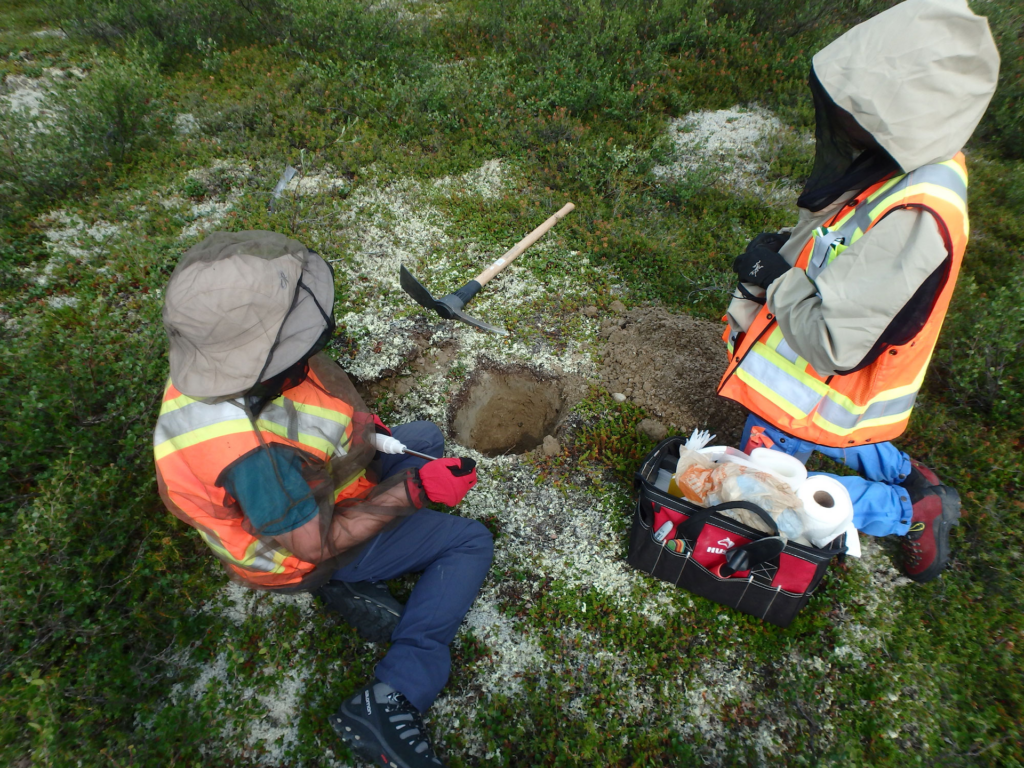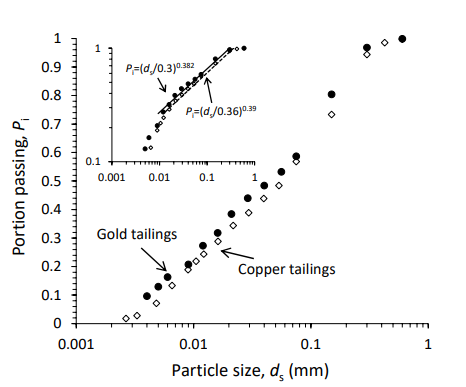2025-06-30 カナダ・ブリティッシュコロンビア大学(UBC)

<関連情報>
- https://news.ubc.ca/2025/06/bacterial-fingerprints-copper/
- https://pubs.geoscienceworld.org/gsa/geology/article/doi/10.1130/G53118.1/659279/Microbial-indicators-and-detection-of-Cu-sulfide
硫化銅鉱の微生物指標と鉱化検出
Microbial indicators and detection of Cu-sulfide ore mineralization
Bianca P. Iulianella Phillips;Rachel L. Simister;Shane D. Rich;Craig J.R. Hart;Peter A. Winterburn;Sean A. Crowe
Geology Published: June 30, 2025
DOI:https://doi.org/10.1130/G53118.1
The rapid electrification of society is driving unprecedented demand for critical minerals and metals, necessitating new strategies and technologies to find deposits likely buried under soil and till. We show that soil microbial communities respond to copper (Cu) amendment in controlled incubations, with species-level shifts detectable via DNA amplicon sequencing and community fingerprinting. Field testing above known porphyry Cu mineralization reveals surface anomalies in microbial community composition in close proximity to Cu-sulfide mineralization buried beneath extensive Quaternary cover. Indicator species identified in both experimental and field data sets define a strong surface signal that closely aligns with the known extent of mineralization, outperforming traditional geochemical approaches. These findings demonstrate that microbial community fingerprints can detect porphyry-style Cu mineralization in covered terrains, offering a novel DNA sequencing-based tool for critical mineral exploration.


